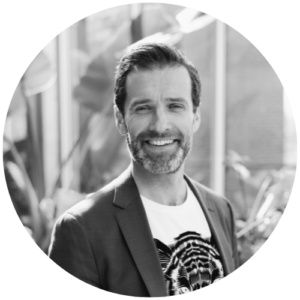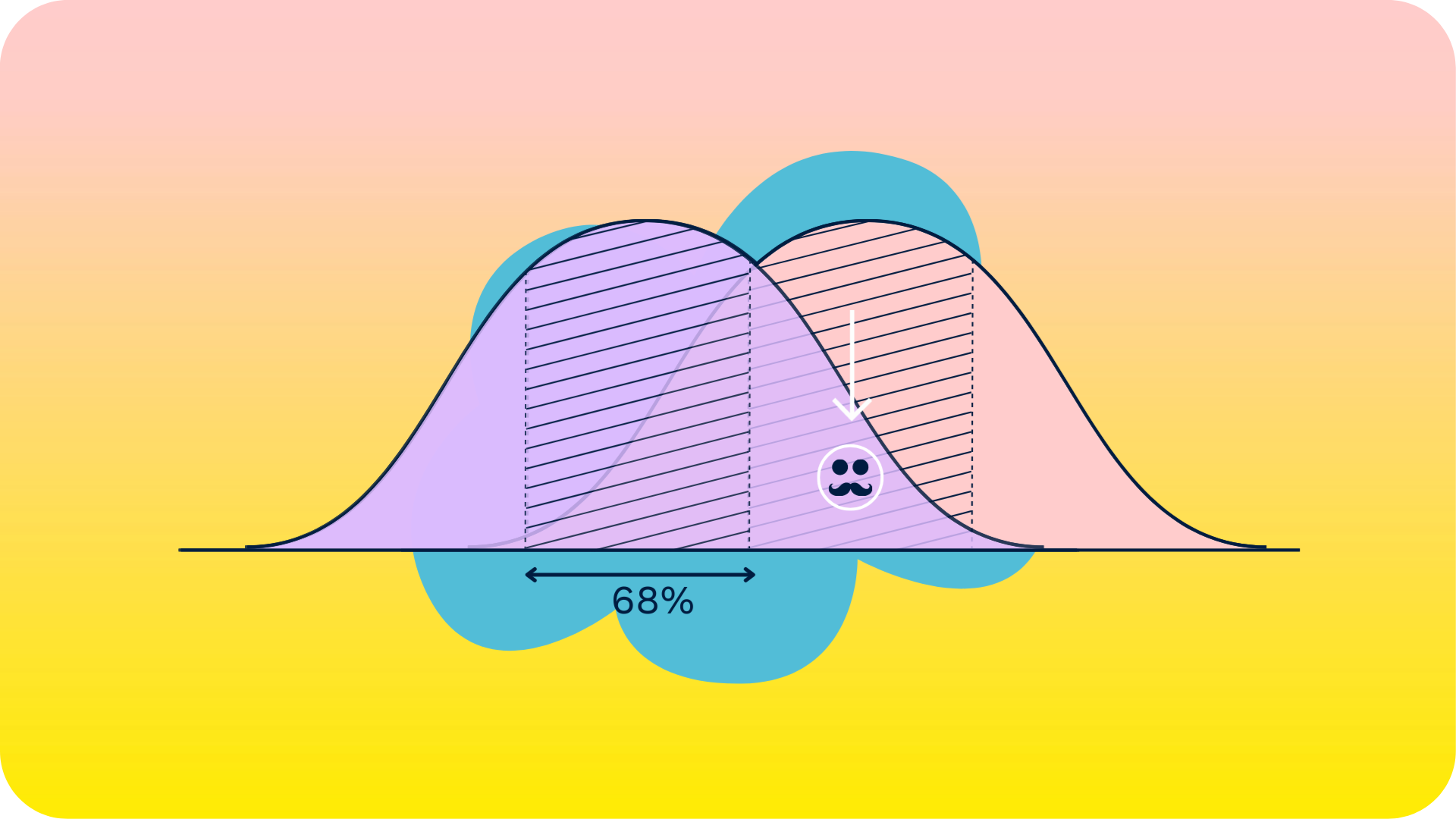What is Applied Futures (Thinking)?
The approach we use in our work is called ‘applied futures’. The result of this approach is that organizations are able to act now upon what is possible for them in the future. But many of our clients ask us, what ‘applied futures’ actually is, as they can not find a lot about it on the web. And some even ask us if they can study it somewhere at a university. Who knows, one day we might be able to point you to the study of Applied Futures… For now, however, you’ll have to do with the following explanation of how we have developed this uncharted territory. And as promised, I’ll dive into many more aspects of it in posts to come…
From thinking to doing
First off, I put the word ’thinking’ in the title of this post in brackets. Applying the future does of course mean that you have to do something, rather than just thinking about it. Only when you are acting upon the ideas and inspiration you got from the future, you can say you’ve applied the future in your practice today.
I can’t stress often enough that this crucial last step in our process is one that our clients have to take responsibility for. We won’t step away from it at that time. But without a client’s full commitment to it, the future will never successfully be implemented (even when we put all the effort in trying to make it work). But I’m getting ahead of myself here. I just made this point to emphasize that applied futures is as much about doing as it is about thinking.
So, yes, there is a great deal of thinking involved as well. If you start implementing ideas without thinking about them carefully then the risk of stepping in directions that fall outside of your ‘cone of possibility‘ are as big as taking the right steps. Applied futures is an approach that enables organizations to not gamble on a future direction. Rather, it helps to take deliberate action towards the direction they want to go in the future and is possible for them to accomplish. This thinking process is preceded by other steps that are described in a bit more detail in this post.
The basic theories behind applied futures
Applied Futures Thinking is a construct of several theories and approaches that allow us to help organizations in making future perspectives actionable. Most notably, applied futures thinking is a form of futures studies: the study of possible, probable and preferable futures. When it comes to applied futures we always (only) focus on the possible and preferable future perspective. The probable states also include non-preferable states and are therefore hardly ever translated in a plan for action (avoiding those scenarios then usually becomes the plan). Our approach to futures studies thus differs somewhat from regular approaches.
One of the fundamental methodologies that underpin applied futures thinking is scenario planning. We use abductive reasoning (also see design thinking further down) to construct future alternatives by starting from a future ‘observation’ and then reasoning how that future might come to be. We do this using a backcasting tool called the ‘Wheel of Reasoning’. The additional ‘s’ in applied futureS is there on purpose. We don’t believe you can predict the future (hence forecasting is not our preferred planning method). Instead there are multiple possible positions and paths to the future for any organization. The future observations that are mentioned here are made in various ways. We very often collaborate with domain specific experts to do this, but other inputs can be used as well.
For the application part of applied futures we build on Otto Scharmer’s work on Theory U and use design thinking methodologies to enable organizations to design solutions and paths to the future. There are many different kinds of tools that we use for this roughly following a process called E.D.I.T. (stemming from Stanford d.School’s approach) to help organizations edit the future.
I’ll leave it here for no. I will dive into elements of the above mentioned methodologies in future posts. Then I will explain how we have appropriated them to fit our approach of applied futures (thinking/doing).
Get in touch with us if you want to make history by changing the future using the applied futures approach.
Written by Jörgen van der Sloot
Founder & Head of Futures at Minkowski







